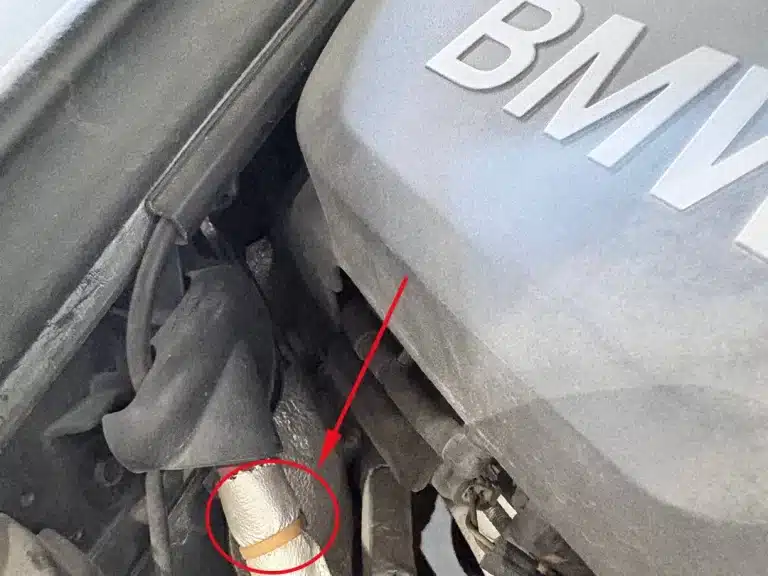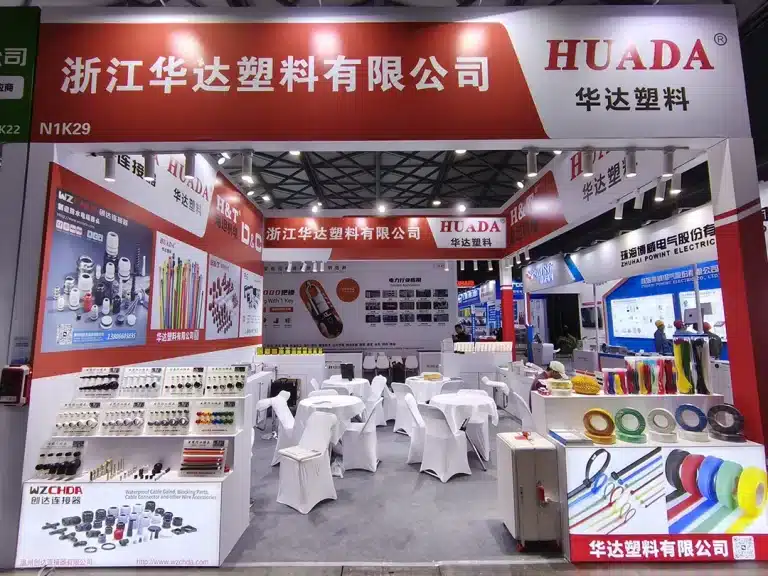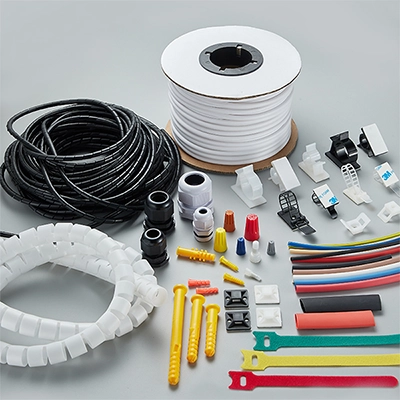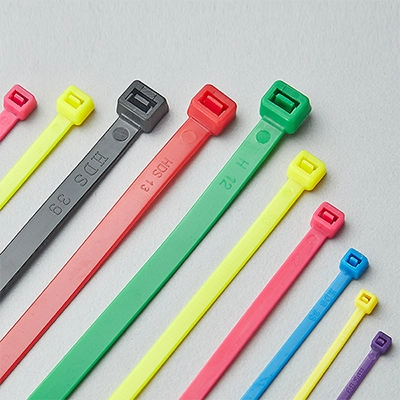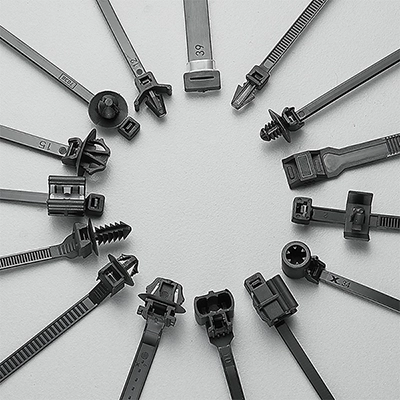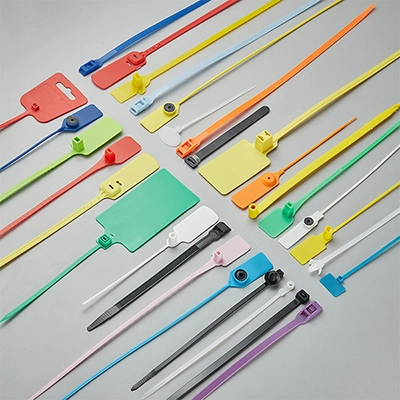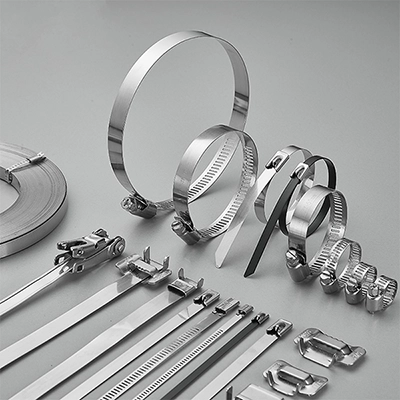When it comes to organizing cables, bundling items, or securing loose objects, cable ties and hook and loop straps are two common choices. Each has its pros and cons, so the best option depends on what you need. This article explains the differences between them and helps you choose the right one for different situations.
What Are Cable Ties?

Cable ties are simple fastening tools made of high-strength nylon 66. They are lightweight, easy to install, and offer excellent tensile strength. Because of their reliability and versatility, they are widely used in homes, gardens, construction, and electrical installations.
Advantages of Cable Ties
- High tensile strength: Nylon cable tie provide strong holding power. Their tensile strength varies by width, ranging from 8 kg to 150 kg. This makes them ideal for securing cables, bundling pipes, and other applications that require firm support.
- Cost-effective: nylon ties are economical—each tie costs just a few cents. This makes them a highly economical choice, especially for bulk use as consumables.
- Wide range of cable tie sizes: For example, at Nike Plastic, we offer over 100 different cable tie sizes and specifications. Whether you’re working on a small home project or a large-scale industrial task, you can always find the right size to get the job done.
- Easy to use: As explained in How do Zip Ties Work, they are designed with a self-locking mechanism. Once inserted, they hold firmly in place. Most applications require no additional tools, making zip ties ideal for permanent or semi-permanent installations.
- Weather resistance: Special types of cable ties, such as UV-resistant or heat-resistant versions, are built to withstand harsh outdoor conditions. They resist aging even under long-term sunlight exposure and are widely used in demanding outdoor environments.
Limitations of Cable Ties
Single-use only: Standard self-locking cable-tie must be cut to be removed. This creates waste and can increase replacement costs, especially in situations where frequent adjustments are needed.
Not adjustable: Once tightened, they cannot be loosened or readjusted. This limits their use in applications that require flexibility. Although some methods exist to unlock a cable tie (as discussed in How to Undo a Cable Tie), doing so weakens the tie’s grip and is not recommended for reuse.
What Is a Hook and Loop Strap?
Hook and loop straps work differently from standard nylon cable ties. Instead of locking permanently, these straps have two sides: one soft, looped surface and one rough side with tiny hooks. When pressed together, the hooks catch the loops to form a secure hold. When pulled apart, they release easily and can be reused up to 10,000 times.
Hook and loop straps are ideal for situations where frequent opening and closing is needed. Traditional versions are often sewn onto the item for permanent attachment, but many newer styles come with adjustable lengths and reusability for general cable management.
Advantages of Hook and Loop Straps
- Reusable: Unlike traditional cable ties, hook and loop straps can be opened and adjusted many times. This helps reduce waste and lowers replacement costs in frequently changed setups.
- Adjustable: These straps can easily be tightened or loosened to fit items of different sizes, making them ideal for flexible or changing needs.
- Gentle on cables: Made from soft materials, hook and loop straps are less likely to damage wires or cables, offering better protection.
Disadvantages of Hook and Loop Straps
- Lower tensile strength: Hook and loop straps are not as strong as a cable tie and are not suitable for heavy-duty or outdoor use.
- Bulkier size: Compared to a slim nylon cable tie, hook and loop straps are thicker and can feel bulky in tight spaces.
- Wear and tear: Over time, the hook-and-loop mechanism may wear out, reducing its ability to stick firmly.
Which Is Better: Cable Ties or Hook and Loop Straps?
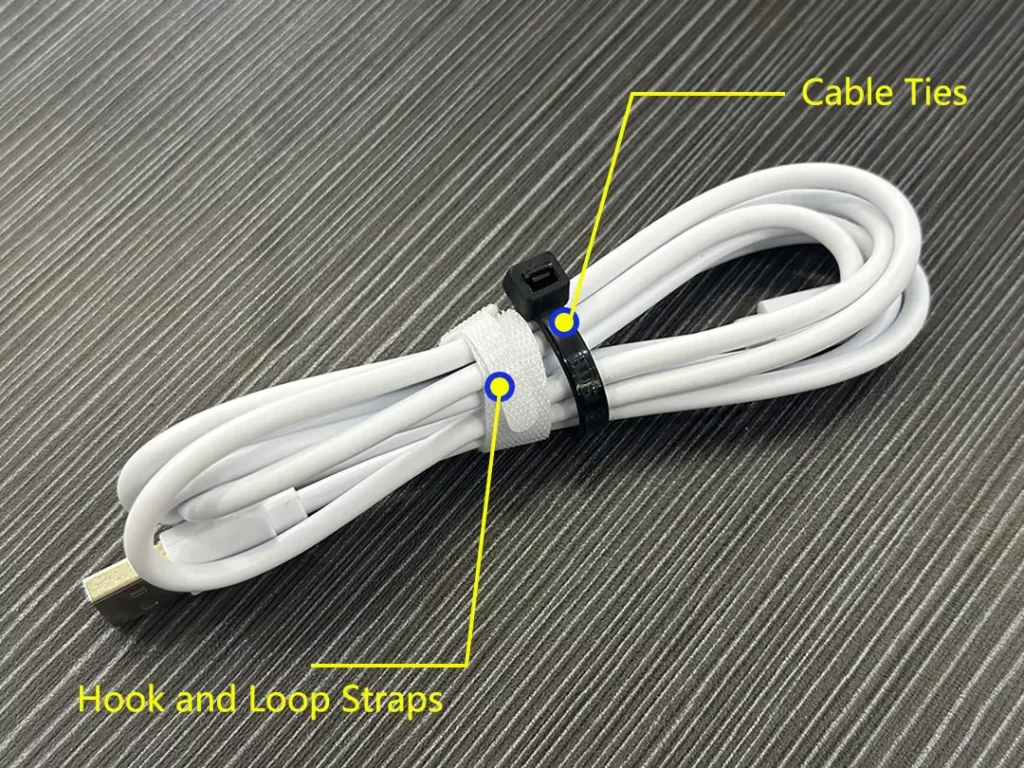
Choosing between cable ties and hook and loop straps depends mainly on your specific needs.
- For durability and strength: If you need to secure heavy items, work on outdoor projects, or require long-term fastening, cable ties are the better choice.
- For reusability: If your setup needs frequent changes or isn’t meant to be fixed permanently, hook and loop straps are more suitable. They offer a flexible solution and can be easily adjusted to fit different needs.
You can use hook and loop straps for everyday cable management, and rely on cable ties when heavy-duty fastening is required. Of course, if you need both strength and reusability, releasable cable ties may be a good alternative.
Summary
Overall, cable ties and hook and loop straps serve different purposes. Hook and loop straps are ideal for temporary bundling and flexible adjustment, perfect for managing cables around electronic devices or organizing wires at home. In contrast, nylon ties provide high strength and weather resistance, making them better suited for industrial equipment, outdoor use, and permanent installations.
Understand your needs, and choosing the right solution becomes simple.

